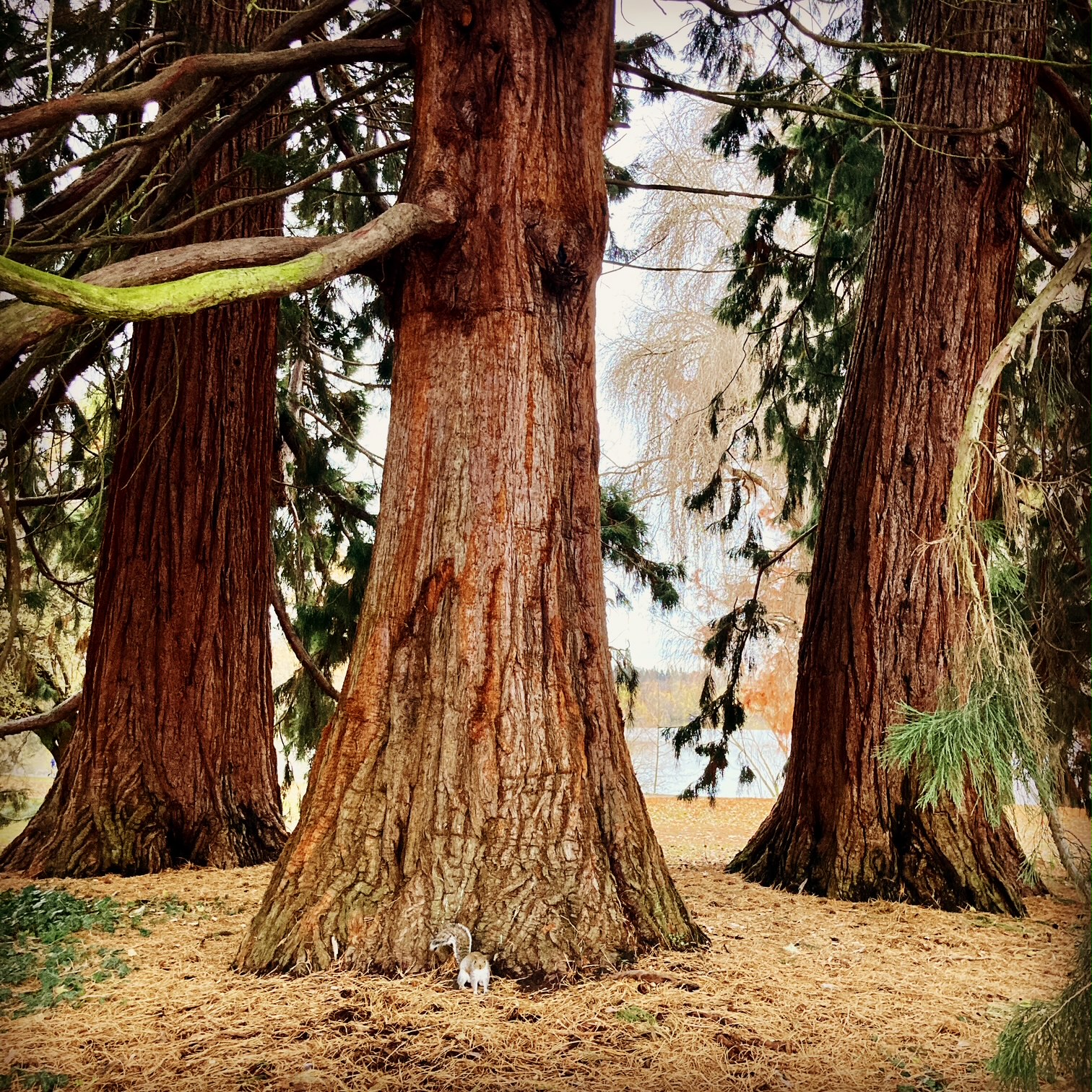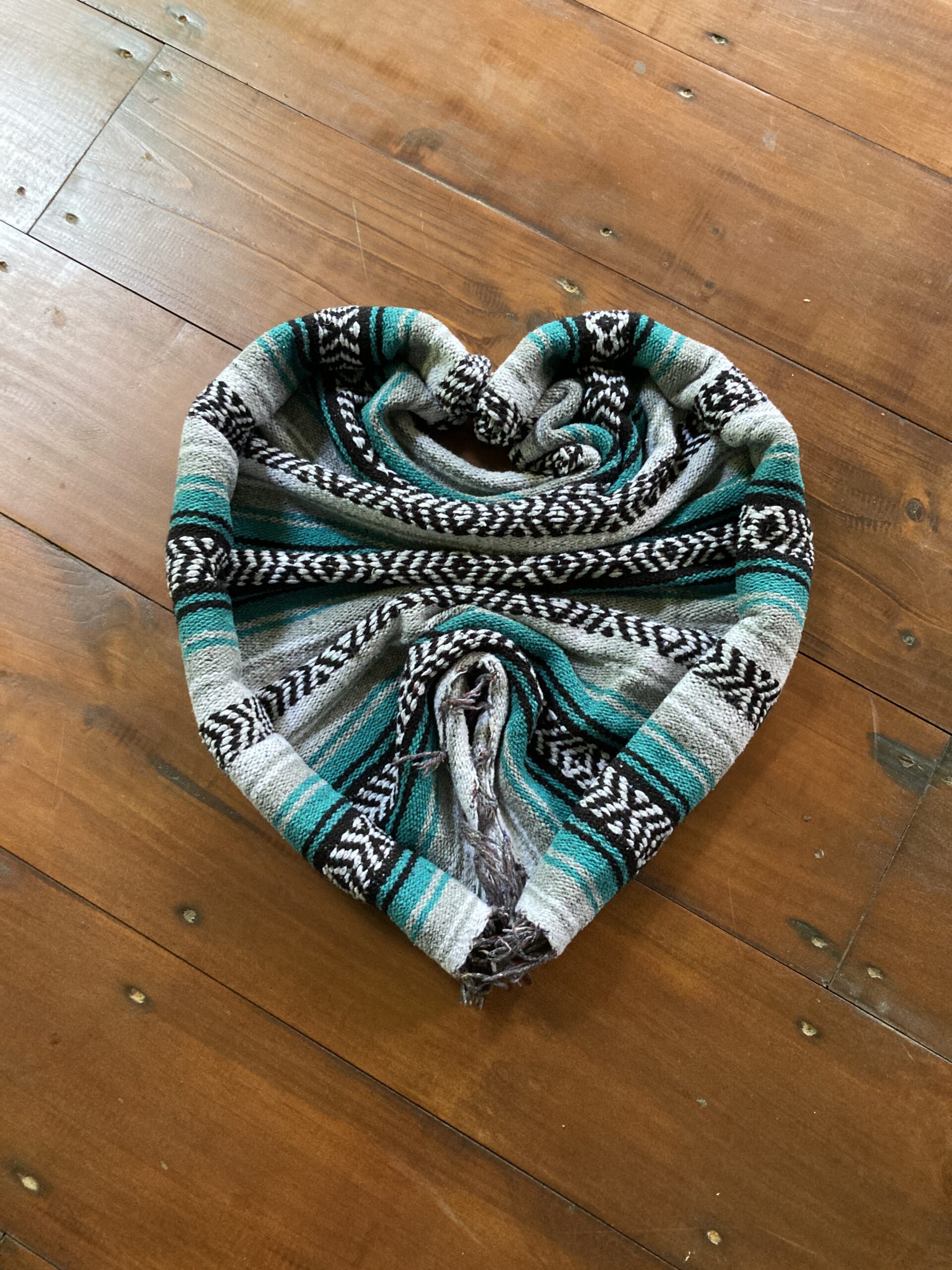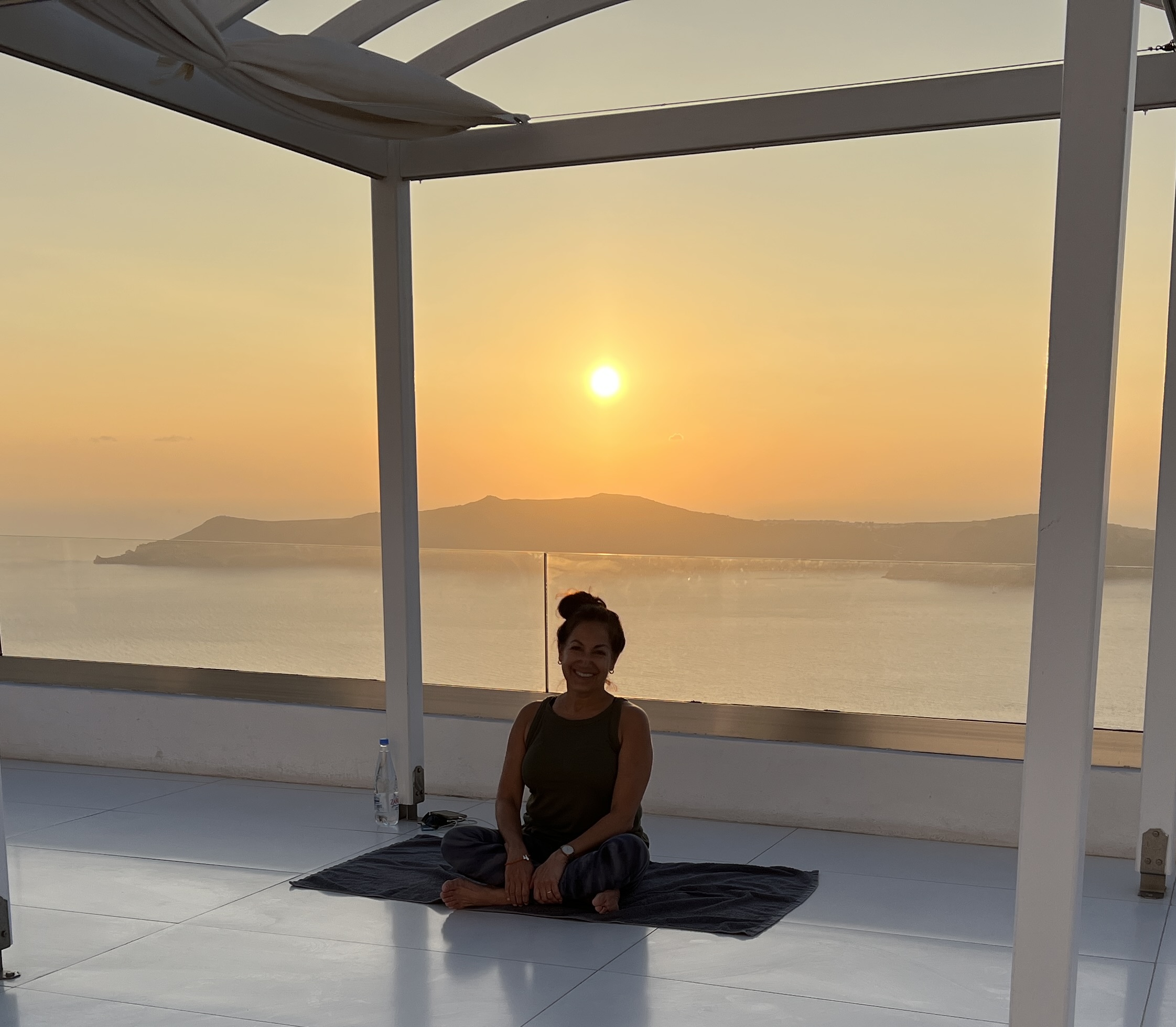Below is a visual display of yesterday’s tour of Mumbai. The title of this blog comes from the “Dhobi Ghat” we visited. You will see photos and read on below about the dhobi ghat.
The photographic tour below begins with Arvind and Kelley. This is my fifth time joining them in India, my fifth time teaching daily yoga on tours with the Spiritual India Journeys team, and it is a pleasure to be working with them again.

With Arvind and Kelley
We drove over to visit the Gateway of India, Mumbai’s principle landmark. As stated in our itinerary, “this arch of yellow basalt was erected on the waterfront in 1924 to commemorate King George V’s visit to this colony in 1911”. We happened upon a cute three-month old with his mother, aunt, uncle, and grandmother. The photo below is of the child being held by his aunt.

Baby Boy and his Aunt at the India Gate. The baby’s eyes are trimmed with Kohl, an ancient eye cosmetic, traditionally made by grinding stibnite. The custom of using Kohl in baby’s eyelids is widely used in India, South Asia, the Middle East, and North Africa to ward off the evil eye.
Below is a gargoyle from the Chhatrapati Shivaji Train Station. It is a UNESCO World Heritage Site and a historic railway station in Mumbai designed in a Victorian Italianate Gothic Revival architecture and traditional Mughal sty. The station was built in 1887 to commemorate the Golden Jubilee of Queen Victoria. The vast structure of this train station is truly impressive!


One wing of the train station!

And off to the Crawford market! Fruits and Vegetables of every kind, mostly tropical and friendly vendors in tiny shops selling spices and various foods and wares. Fairly clean and wonderfully chaotic! Above: Man Carrying Bananas

Market Vendor (He really is smiling!)

Crawford Market with Dee, Nancy, and Karin

Mangoes

Cute teen at the market jamming to music on his phone

Cindi and the Market Vendors
And the inspiration for this blog: the Dhobi Ghat photographed below. This is where Mumbai’s “dirties” are scrubbed, bashed, dyed, laundered, and hung out to dry. This is also where most imported clothing that says “Made in India” has been laundered! It is a fascinating place surrounded by high rise apartments.
Our local guide explained that there is no running water at the Dhobi Ghat so it is hauled in via huge barrels. Then each small basin is filled and the washing begins. With so little water to be had, the washing basin water is changed infrequently. What makes the sheets so white and the jeans clean-looking? Lots of bleach and other cleaning chemicals and cleaning agents. Bottom line, if your sheets, towels, or clothing says “Made in India, give them a good washing before usage or wearing.

Dhobi Ghat

detail of Dhobi Ghat

Traci and a vendor at the Dhobi Ghat
Next stop: Taj Mahal Hotel! Beautiful as ever, this hotel was built by one of the wealthiest men in India, Jamsetji Tata. The hotel opened its doors to guests in 1903. The story, according to our local guide, is that Tata was insulted by the British when he was refused entry to one of the city’s grand hotels, Watson’s Hotel. Watson’s Hotel was restricted to “Whites Only.” There were signs at Watson’s that read “No Dogs and No Indians Allowed”. Tata built the Taj Mahal Hotel in defiance of the British. The hotel is exquisite and it is one of Mumbai’s jewels.

Taj Mahal Hotel in Mumbai: our lively group on the famous and elegant central floating staircase.
And the last stop was at the house where Mahatma Gandhi lived when he was in Mumbai, the Mani Bhavan. This was one of my favorite sites to visit when I was last in Mumbai, back in 2001. You can see his bed, his cotton spinning looms, his sandals, fan and mala/prayer beads, along with the three-monkey carving he so loved that represents “See No Evil, Hear No Evil, Speak No Evil”.

Gandhi’s bedroom

Gandhi’s library is also fascinating! I took a few photos below of the books he read. And I found a list on line of all the books he read and that are in the library at the Mani Bhavan: Gandhi’s Reading List









Wow, I can’t believe they don’t have running water at the dhobi ghat! I will definitely be taking note of where any new clothes I get come from. Beautiful to see all the textiles hanging together though! I love the photo of the fashionable teen too!
Fran, as always, fabulous photos. Thank you.
John and Bobbie
What a rich post! Thank you Fran!–Rick
You are so GENEROUS to share your awesome pictures of this rich (Rick and I agree!) and scenic country. The locals are lovely, handsome, and generous. We “armchair travelers” get a real sense of all that you experience. Hearty thanks, Lucinda